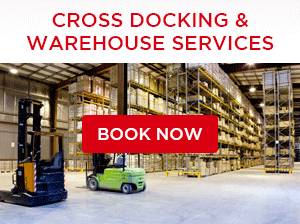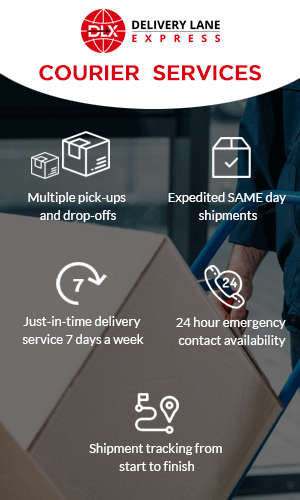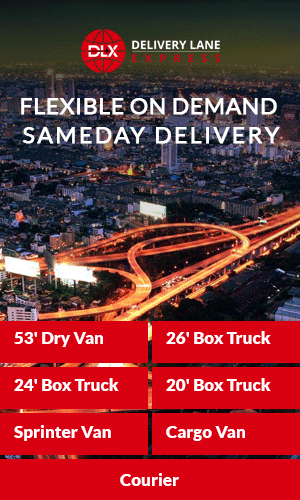
BLOG

The major demand of the industrial sector is to optimize every little aspect so as to meet the mounting competitiveness. The requirement to optimize logistics also is a counting factor. Any business, all the time seeks to incorporate fast, effective and reasonable solutions. Hence, the customary warehousing function is giving way to a new approach, named Cross-Docking. It is fast and involves a less amount of operational expenditures. Cross-docks can be said to be kind of transshipment facility. By the application of this process the consignments need not be kept in the warehouse for more than a day. The functions of picking up and storing consignments also get abolished.
The practice of cross-docking is said to be applied for reducing the handling of materials. It involves sorting out of consignments and then putting together all the different consignments, from different places and sends them further through outbound carriers. The traditional warehouse gets a customized version, called “hybrid warehouse” where upon cross-docking operations are engaged to enhance the operational momentum and decrease unavailability condition.

All the logistics services aim to deliver items or products from a business to a consumer within shortest possible time, without any damage and with minimum expenses. In the customary warehousing process the logistics provider needs to have a vendor, who would be keeping product stocks, to be delivered to consumers. In cross-docking operation, consignments are unloaded from inbound carriers and directly loaded into outbound carriers. This doesn’t involve storing of products. Cross-docking often requires the assistance of 3PL, otherwise termed Third-Party Logistics, to accelerate the delivery method. This can certainly very much beneficial for most of the businesses. For a cross docking facility, to run in a more synchronized manner, the level of planning and decision making needs to be very perfect.
The warehouse is meant to provide a transitional spot among the retailer and the consumer. To be further precise, a warehouse is that commercial building which is utilized for handling and storing consignments/products by logistics providers, distributors, manufacturers and few others alike. In a warehouse there are separate loading and unloading docks. The two main purposes of a warehouse are to store and look after the products temporarily and give “value added services” like after sales services, packaging of items, inspection, repairs, etc. On the other hand, the main function of cross-docking is to put together several small consignments from numerous vendors to customers. This helps in transporting maximum number of products in an outbound carrier. Thus, the transportation is carried out in a cost-cutting measure.
Cross-docking has many advantages and it scores high in comparison to traditional warehousing. Some of the worthy features of cross-docking are discussed below:-
The market of logistics is a competitive one. So, it is very much important to meet the demands of the consumers and at the same time stay focused on the competition drawn by the rivals. And to do so, the strategy of cross-docking logistics can be a great factor.




Copyright - All Rights reserved © Dlxpress
Powered by ITPL
